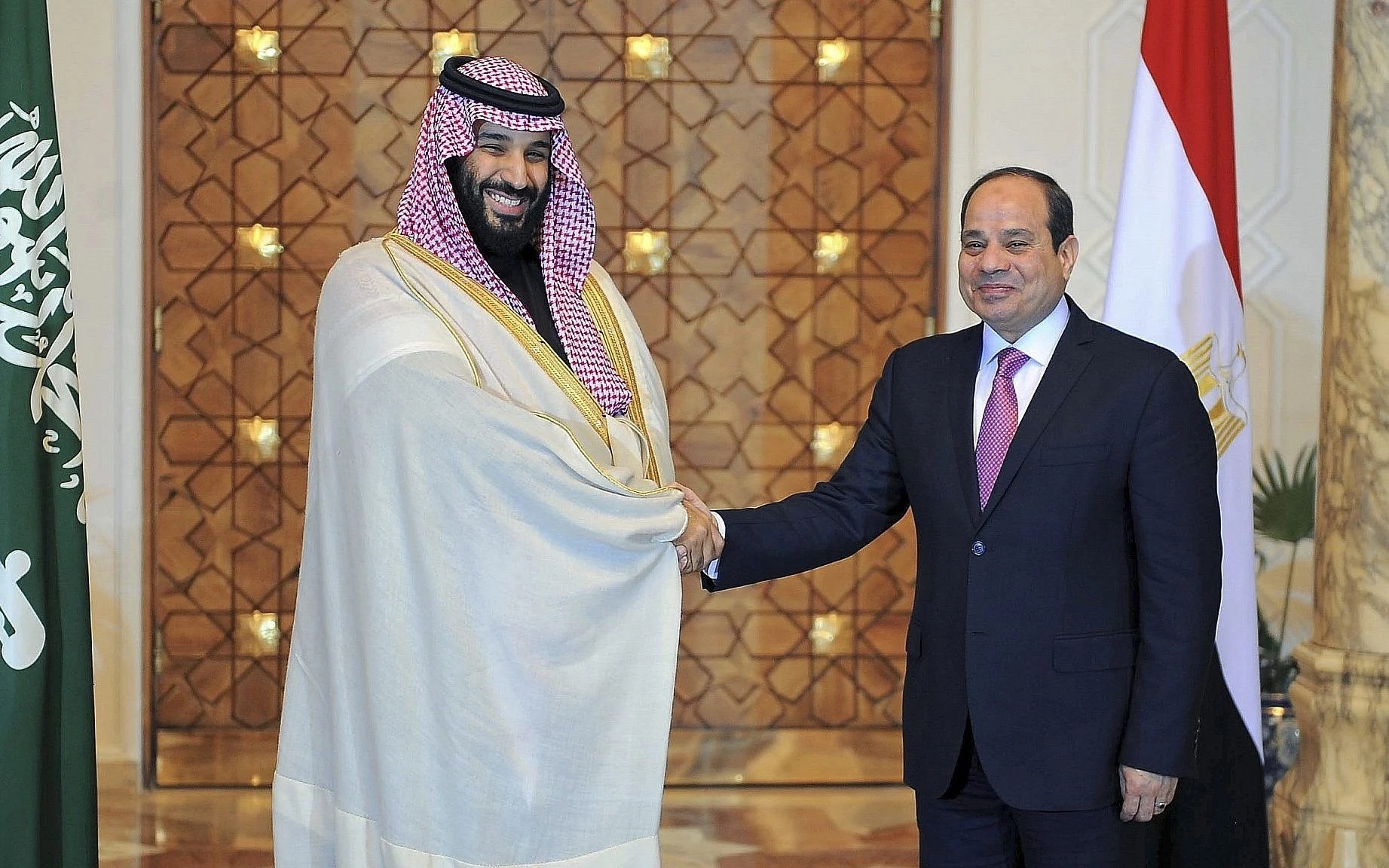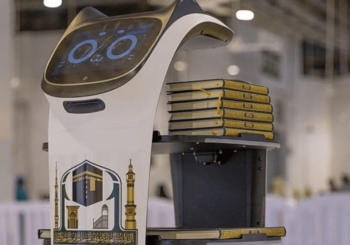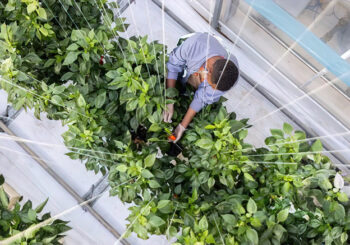Saudi Arabia and Egypt have revived a long-dormant dream to link Africa and Asia by land, unveiling a USD 4 billion (EGP 198.3 billion) plan for a Red Sea bridge that would span 32 kilometers of geopolitics, coral reefs, and history. Known as the “Moses Bridge,” the project aims to connect continents and also fuses symbolism with strategy in one of the ecologically sensitive waterways of Tiran Island.
The dream of the bridge was first formalized in 2016 when Saudi King Salman and Egyptian President Abdel Fattah Al-Sisi reached an agreement following Egypt’s controversial decision to transfer sovereignty over the Tiran and Sanafir islands to Riyadh.
Nearly a decade later, Egyptian Transport Minister Kamel Al-Wazir announced in June that planning is complete and the two nations are “ready to implement it at any time, whether as a bridge or a tunnel.”
The project remains a key pillar of Saudi Arabia’s Vision 2030, particularly in its integration with the USD 500 billion (EGP 24.8 trillion) NEOM mega-city and the broader Red Sea tourism corridor. Designed as a multi-modal causeway, the bridge will accommodate both road and rail traffic, linking Egypt’s national rail network with Saudi Arabia’s emerging landbridge system and establishing a continuous trade and transit route between the continents.
Officials anticipate the bridge will reshape regional tourism by cutting travel time between the two countries to under an hour. Annual tourist traffic is projected to rise from 300,000 to more than 1.2 million, as travelers gain direct overland access between the Arabian Peninsula and Sinai’s coastal resorts.
By providing a direct land route, the bridge is expected to facilitate the movement of goods and people while bypassing congested shipping lanes and ports, in turn boosting bilateral commerce, strengthening logistics networks, and creating thousands of jobs on both sides of the Red Sea.
With technical planning now complete, the project is closer to breaking ground, even as it faces mounting environmental scrutiny. Conservationists have warned that construction through the ecologically sensitive Strait of Tiran could inflict lasting harm on coral reefs, marine habitats, and water quality.
The Hurghada Environmental Protection and Conservation Association, a prominent Egyptian NGO, has extended conditional support, calling for comprehensive environmental assessments and the avoidance of fragile reef areas. Saudi officials, for their part, have pledged to uphold sustainability standards in line with the kingdom’s broader commitment to “regenerative tourism” along the Red Sea. Balancing development with ecological preservation remains a central challenge.
For Egypt, the Moses Bridge holds the potential to reshape the underdeveloped Sinai Peninsula, attracting investment, stimulating emerging industries, and expanding tourism beyond Sharm el-Sheikh.
In addition to its strategic and economic value, the project carries cultural significance. Its planned route near the site traditionally associated with the biblical Exodus has led to the popular adoption of the name “Moses Bridge.”
With technical planning complete and political backing from both Cairo and Riyadh, the Moses Bridge edges closer to breaking ground. If launched in the near term, construction could span the next eight years, setting the stage for a vast new corridor of movement, commerce, and ambition linking the shores of Africa and Asia.








Comments (0)